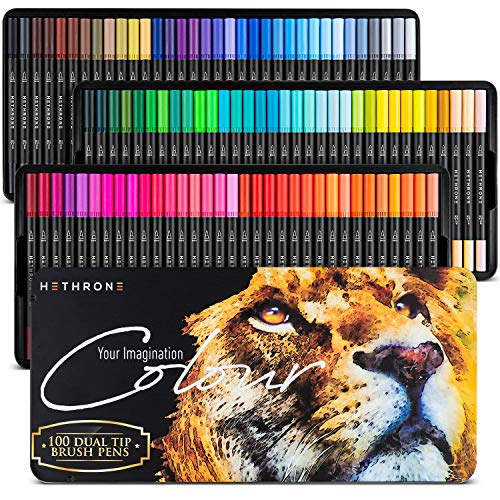Most academics concur that Mesopotamia is where the earliest form of writing first arose almost 5,500 years ago. A sophisticated system of letters representing the sounds of Sumerian, the language of Sumer in Southern Mesopotamia, and other languages progressively replaced early pictorial signs.
These were first imprinted in wet clay around 2900 BC using a reed stylus to create wedge-shaped impressions that are now known as cuneiform. From the reed stylus to today’s pens, the history of writing has witnessed a marvelous journey in which feather writing quills hold an important place.
Feather Writing Quills have a long standing history across different literary cultures. Famous playwrights like William Shakespeare, Christopher Marlow to modern classical authors like Agatha Christie have penned down their literary pieces using the quill.
The first usage of the feather writing quill is unknown, but it is estimated that the quill writing pen was invented in the 6th century in Seville, Spain, when the reed pen went out of use. Since the 6th to 19th century it has been the chosen writing instrument for the western world. They provided a level of writing control and comfort never previously experienced.
The word quill means the hollow center part of a feather. The best quills were made out of goose, swan and turkey feathers. The tip of the feather was treated so it could project the ink on paper that was held into the hollow shaft.
Feather writing quills have been extensively used during the medieval period with important documents like the Magna Carta and Declaration of Independence being written using it.
Feather Writing Quills have also been used to represent office workers and the educated in radical and socialist symbols since the 19th century. The Radical Civic Union, the Czech National Social Party and the Hammer, a representation of the labor movement, or the Democratic Party of Socialists of Montenegro are a few famous examples.
The invention of more flexible writing objects like the ink pen, ball-point pen, etc. saw the demise of the feather writing quill. The major reason was the inconvenience of continuously dipping the feather in ink.
However, the feather writing quill has revived owing to its rich tradition. Feature films like Harry Potter, Shakespeare in Love, and the lot have reintroduced us to these traditional writing objects.
Nonetheless, as technology has penetrated into every sphere to bring out enhanced versions of artistic durables, the feature writing quill has not been left out. Though feathers are still used at the tail end of quill pens today, the front body comprises materials like copper and aluminum. Alloy nibs have been fitted at the tip of the body so that one doesn’t have to sharpen the quill feather as was done in earlier times.
There are many companies that sell feather writing quills online with Hethrone taking top spot. The company has customized its own set of feather writing quills online that are apt for calligraphy and handwriting.
The quill’s body is made with copper to prevent rusting while the tail is made out of pheasant feather. The range of colorful ink with the set is non-toxic ensuring safety and quality of writing.


